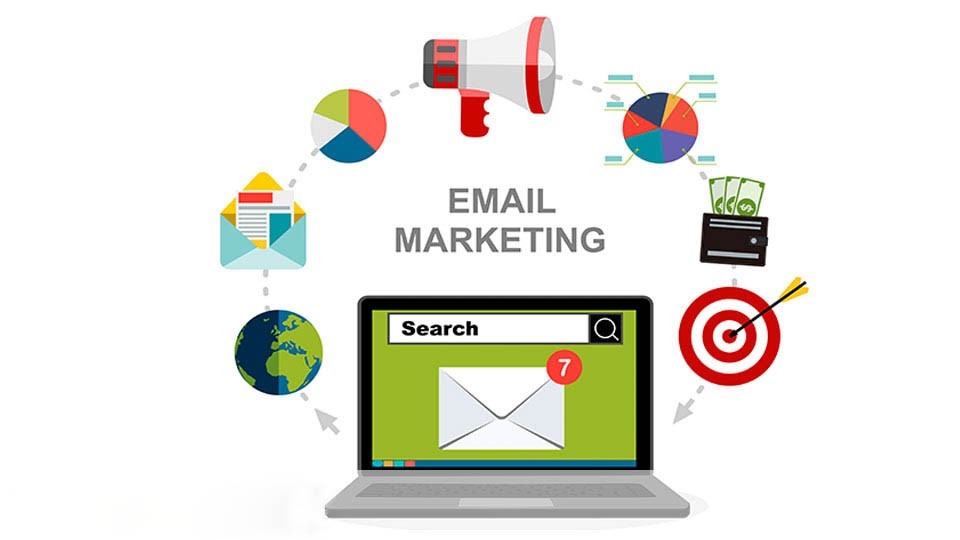High-Volume Email Sending: Ensuring Efficiency and Deliverability
High-volume email sending refers to the practice of sending large quantities of emails over a short period, typically for marketing campaigns, transactional messages, or automated notifications. For businesses and marketers, the ability to send a high volume of emails effectively and reliably is crucial. However, sending a large number of emails at once introduces challenges in deliverability, security, and performance, which must be carefully managed to avoid issues like low open rates, high bounce rates, or being flagged as spam.
Key Considerations for High-Volume Email Sending
1. Email Deliverability
One of the most critical factors for high-volume email sending is ensuring deliverability. Deliverability refers to the percentage of emails that successfully land in the inbox of recipients, as opposed to being blocked or diverted to spam folders. Factors influencing deliverability include:
-
Sender Reputation: Email providers such as Gmail, Outlook, and Yahoo evaluate the sender’s reputation based on their sending history. Consistently sending high-quality, non-spam emails with low bounce and complaint rates improves the sender’s reputation, while high bounce rates or complaints can hurt it.
-
IP Warm-up: When sending emails at a high volume, especially from a new IP address, it’s important to gradually increase the volume over time. This process, known as IP warming, helps establish a positive sender reputation and prevents being flagged as a spammer.
-
Spam Traps and Blacklists: Avoiding spam traps (email addresses used to catch spammers) and staying off blacklists is essential. Sending poorly targeted emails or having too many hard bounces can lead to blacklisting, which will block emails from being delivered.
2. Scalability and Infrastructure
Handling a large volume of emails requires scalable infrastructure to support continuous, high-performance sending. SMTP servers and email marketing platforms that offer cloud-based solutions are ideal for high-volume senders because they can scale resources as needed, ensuring that emails are sent reliably and on time. Some important considerations for scalable email infrastructure include:
-
Load Balancing: Distributing the email sending load across multiple servers helps prevent any single server from becoming overwhelmed. This is particularly important during peak times when large email campaigns are being sent.
-
Failover Systems: To prevent downtime, high-volume email senders often rely on redundant systems that ensure emails are still sent if one server goes down. Failover solutions ensure uninterrupted delivery even in the event of hardware or software failure.
3. Segmentation and Personalization
For effective high-volume email campaigns, it’s essential to use segmentation and personalization techniques to ensure that emails are relevant to the recipient. Segmenting your audience into different groups (e.g., based on demographics, past behaviors, or purchase history) allows you to send targeted messages, improving engagement rates and reducing the likelihood of emails being marked as spam.
Personalized emails, including the recipient’s name or tailored content, can also help improve engagement, making recipients more likely to open and interact with the email.
4. Compliance with Regulations
High-volume email senders must comply with global email marketing laws, including:
-
CAN-SPAM Act (U.S.): This law requires that recipients can easily unsubscribe from marketing emails, that subject lines are not misleading, and that senders identify themselves.
-
GDPR (Europe): Under GDPR, companies must obtain explicit consent from recipients to send marketing emails and give them the ability to withdraw consent at any time.
-
CASL (Canada): Similar to GDPR, CASL requires that senders have consent before sending marketing emails to Canadian residents.
Non-compliance with these regulations can result in heavy fines and damage to reputation, making it essential to maintain legal and ethical practices when sending high volumes of emails.
5. Monitoring and Analytics
With high-volume email campaigns, monitoring the performance of each email is essential for optimizing future efforts. Key metrics to track include:
-
Open Rates: The percentage of recipients who open the email. A low open rate may indicate issues with subject lines or sender reputation.
-
Click-Through Rates (CTR): The percentage of recipients who click on links within the email. This measures the effectiveness of the content and call-to-action.
-
Bounce Rates: The percentage of emails that fail to reach the recipient’s inbox. High bounce rates can damage sender reputation, so addressing invalid or outdated email addresses is important.
-
Unsubscribe Rates: If recipients frequently unsubscribe from your emails, this might indicate poor list targeting or irrelevant content.
Best Practices for High-Volume Email Sending
-
Use a Trusted Email Service Provider (ESP): Platforms like SendGrid, Mailgun, and Amazon SES provide high-quality services designed for bulk email sending. They handle the heavy lifting of ensuring email deliverability, security, and compliance.
-
Monitor Email Engagement: Track engagement metrics closely to identify what works and refine your approach. A/B testing subject lines, content, and sending times can help improve results.
-
Clean Your Email List Regularly: Regular list hygiene is essential to keep bounce rates low and ensure emails are sent to valid addresses.
-
Optimize Sending Time: Experiment with the best times to send emails based on your audience’s behavior. Sending emails at optimal times can increase open and engagement rates.
-
Test and Optimize Email Content: Regularly test and optimize email content to ensure it resonates with your target audience. This can include experimenting with different subject lines, CTAs, and email designs.


